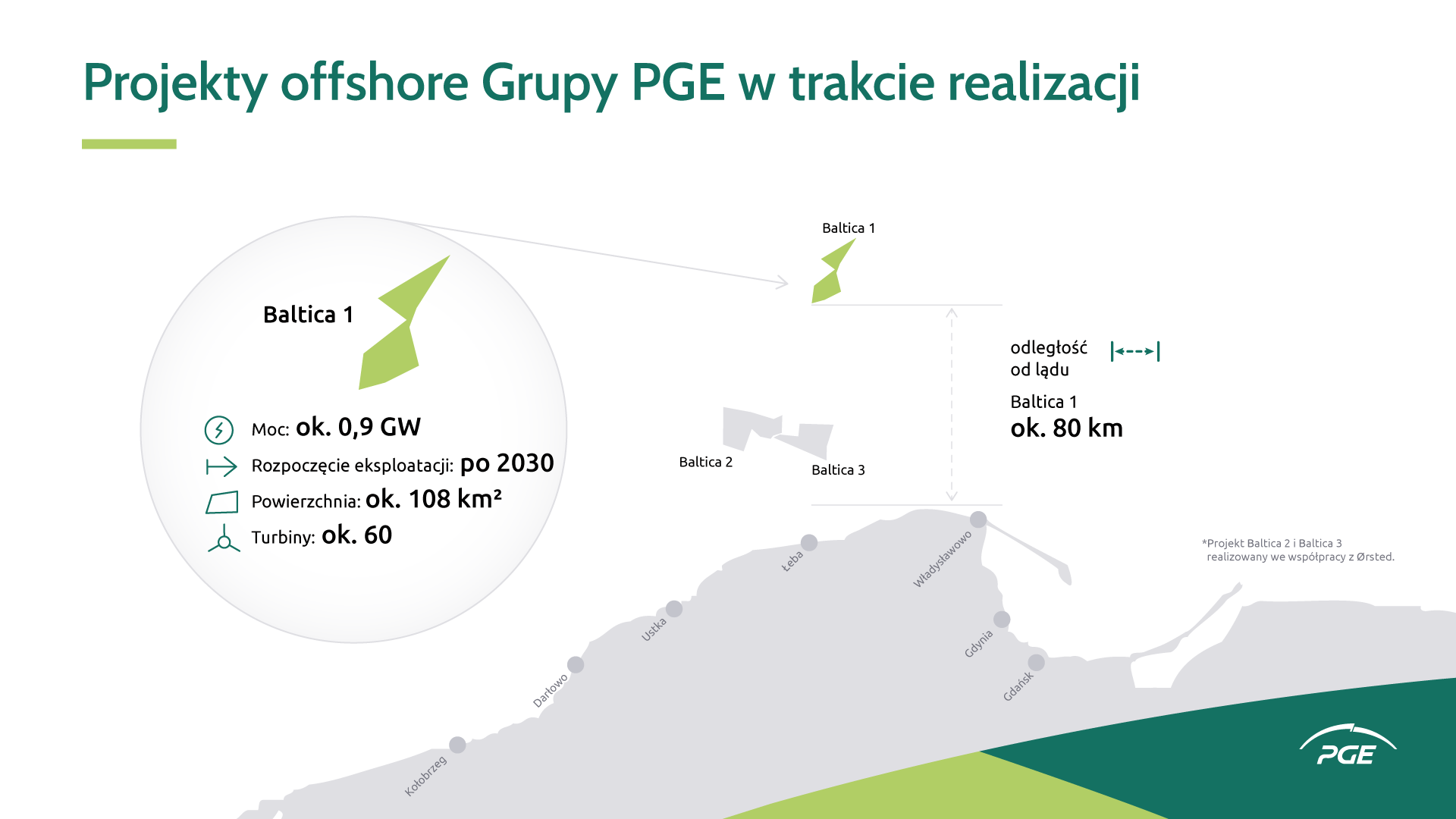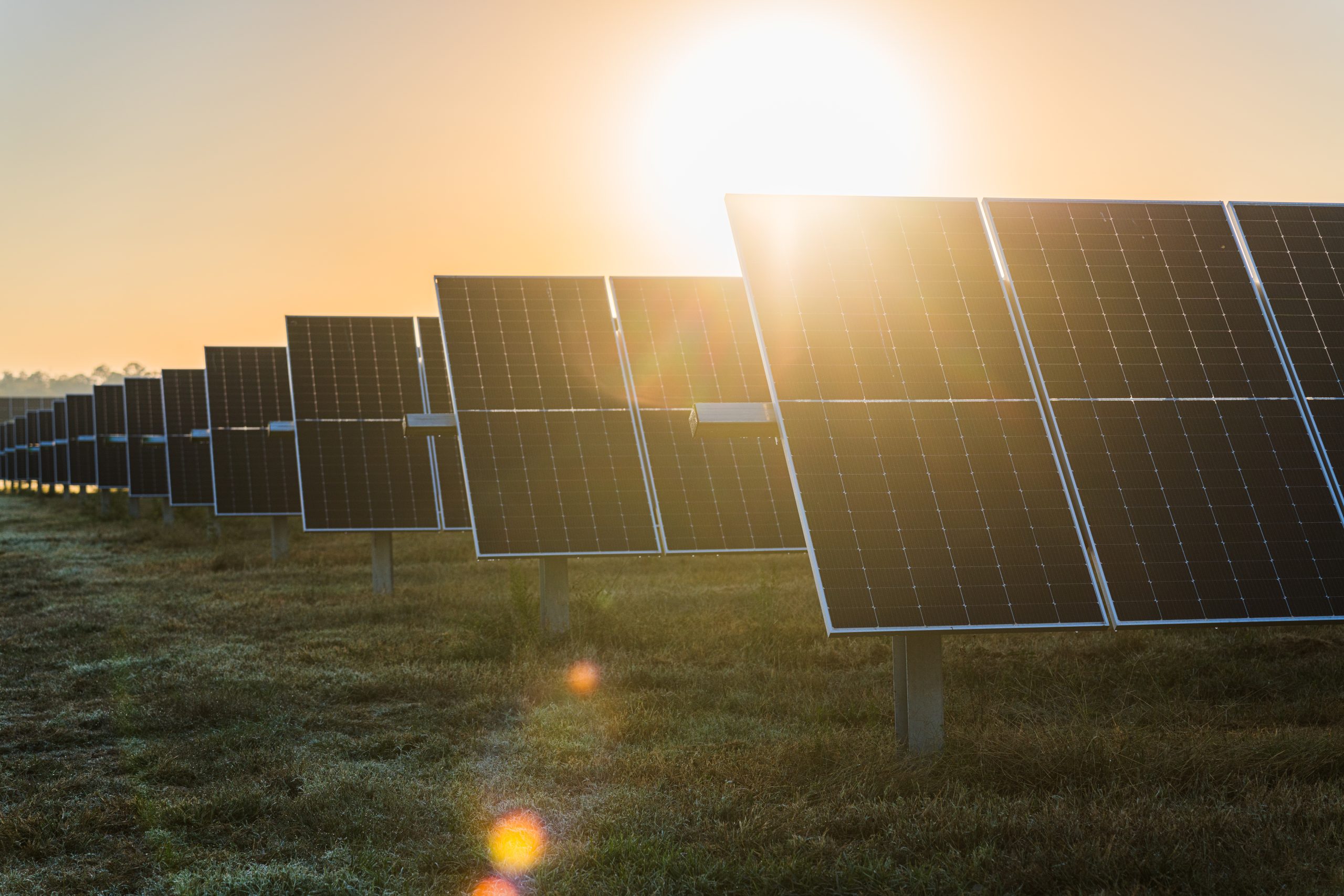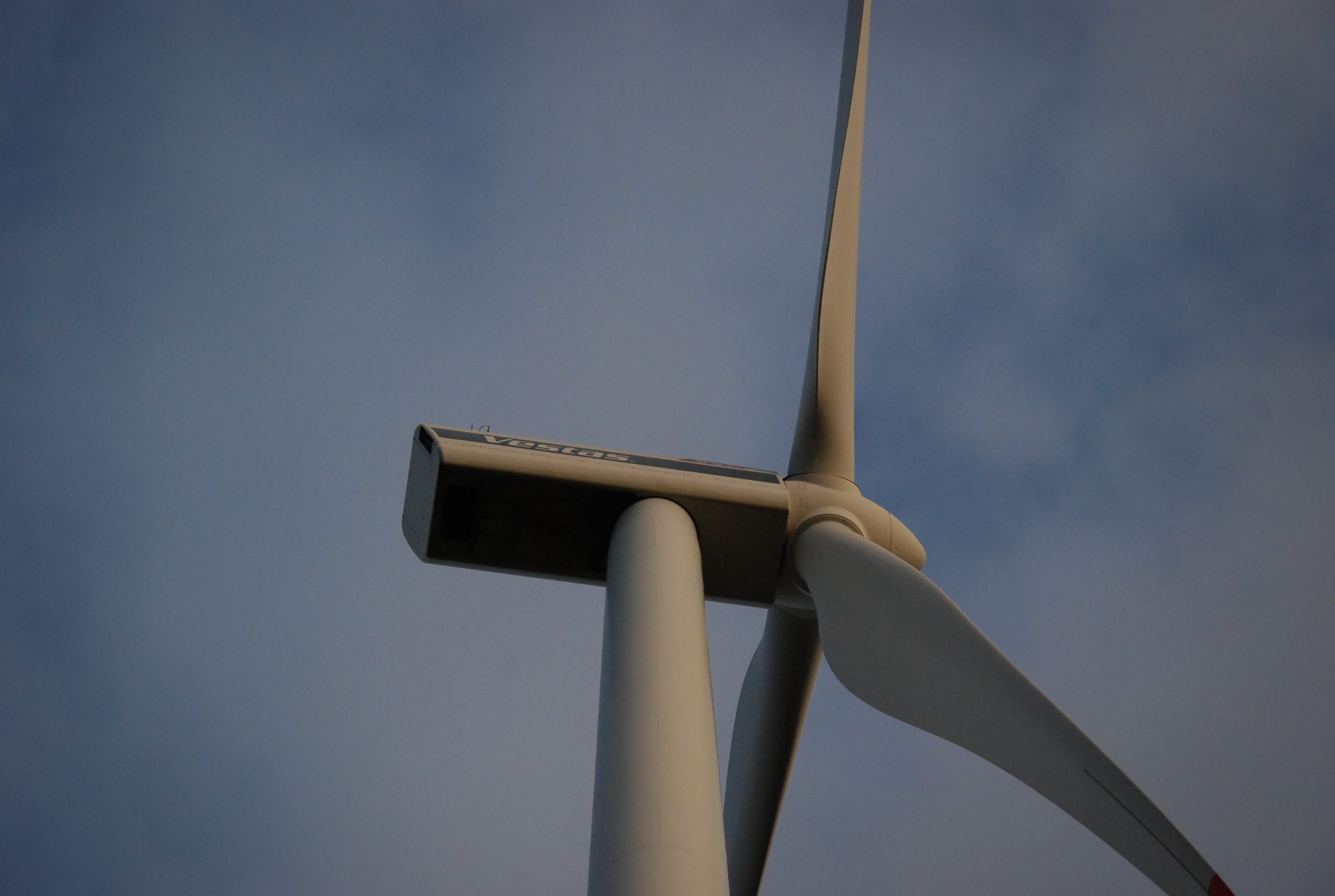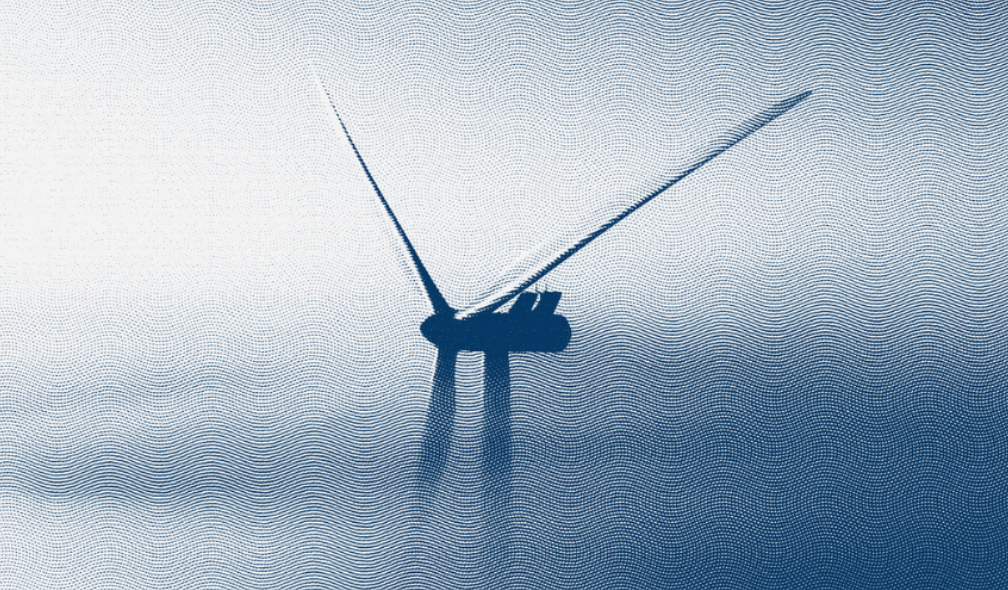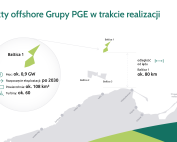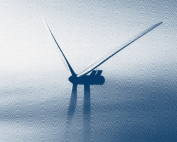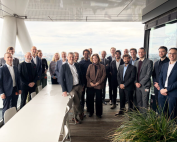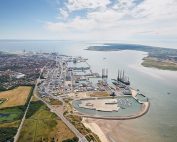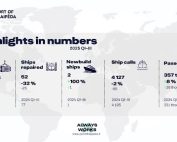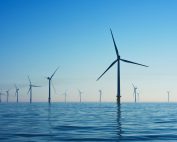A significant adjustment in the European offshore wind manufacturing landscape is underway as Siemens Gamesa Renewable Energy has announced it is putting on hold its plans to build an offshore wind turbine nacelle factory at the Port of Esbjerg in Denmark.
The Spanish-German engineering company confirmed that the decision stems from “current market conditions that call for greater stability and clarity before moving forward with new investments.”
Despite this pause, Siemens Gamesa reaffirmed that Esbjerg remains a cornerstone of its offshore operations. “We have maintained a longstanding presence at the Port of Esbjerg, which is a strategically important location for our offshore wind operations, also in the future,” a company spokesperson said. “Like in any other place, we continue to evaluate potential investment opportunities. However, given the current market conditions, any such decision will require greater clarity and stability in the industry.”
Esbjerg Remains a Strategic Hub
The shelved facility had been planned as part of Esbjerg’s growing offshore wind industrial base. Back in 2022, Siemens Gamesa became the first tenant in a new 35-meter-high warehouse facility designed for handling offshore components such as blades, nacelles, and generators. The project was seen as a further step in solidifying Esbjerg’s position as one of Europe’s most important offshore wind ports, serving large-scale installations across the North and Baltic Seas.
Even without the new nacelle factory, Esbjerg will continue to play a critical role in upcoming offshore operations. Siemens Gamesa is set to supply its SG 14-236 DD turbines for Denmark’s 1.1 GW Thor Offshore Wind Farm, with installation scheduled to begin next year and to be supported logistically from the Port of Esbjerg.
A Broader Market Signal
Siemens Gamesa’s decision mirrors similar developments across the offshore wind manufacturing sector. Just days earlier, Vestas also announced that it would pause plans for a new blade factory in Szczecin, Poland, citing weaker-than-expected demand in the European market.
The Szczecin facility was intended to produce blades for Vestas’s V236-15.0 MW turbines and to anchor Poland’s growing offshore supply chain. Its postponement, along with Siemens Gamesa’s move in Denmark, reflects growing caution among manufacturers as they navigate higher material costs, delayed investment approvals, and fluctuating energy demand across Europe.
Supply Chain Under Pressure
The twin announcements from Siemens Gamesa and Vestas highlight the broader pressures currently facing the European offshore wind supply chain. After a decade of rapid expansion, many developers and manufacturers are now calling for clearer policy frameworks, stable auction mechanisms, and targeted support for manufacturing capacity to maintain Europe’s leadership in offshore wind technology.
Industry analysts note that while global offshore wind demand remains robust—particularly in markets such as the United States and Asia—the European sector faces short-term headwinds from volatile financing conditions and fragmented regulatory signals.
Implications for the Baltic Region
For the Baltic Sea region, these developments underscore the importance of maintaining momentum on industrial investments and ensuring regional coordination. Ports such as Esbjerg, Szczecin, and Świnoujście form a connected network that underpins offshore logistics, assembly, and installation across Northern Europe. Any delay in one location can reverberate across the entire value chain.
With several gigawatts of new offshore capacity planned in Polish, Lithuanian, and Estonian waters by the early 2030s, ensuring the resilience of Europe’s manufacturing and port infrastructure will be critical.
Outlook
While Siemens Gamesa’s pause is a setback for Esbjerg’s immediate industrial growth plans, it also reflects a moment of recalibration within the offshore sector—a call for predictability, policy coherence, and investment confidence.
As the European offshore wind industry matures, companies are adapting their strategies to navigate uncertainty while preserving operational readiness. Esbjerg, with its deep-water port, established supply chain, and skilled workforce, remains well-positioned to play a central role in Europe’s renewable energy transition.
Source: Port of Esbjerg




